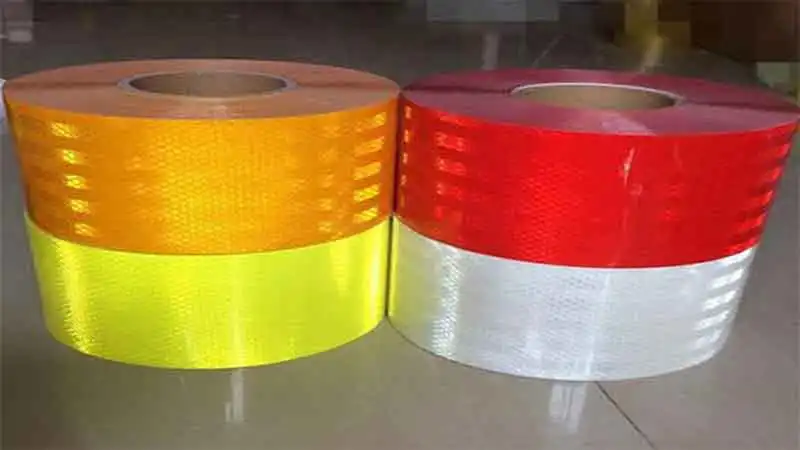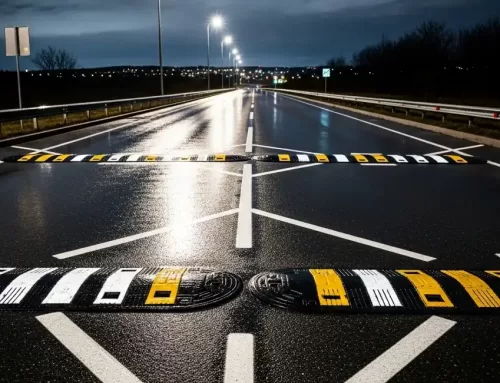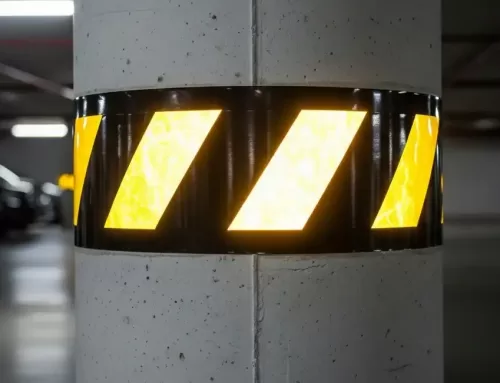What is the prospect of prismatic reflective sheeting and its application?

Reflection principle and structural composition:
Principle:
The reflection principle of prismatic reflective film is based on the fact that light is incident at a certain angle in three-dimensional space, and then reflects three times on three mutually perpendicular planes, and then reflects back along the original incident direction.Depending on the manufacturing process, there are two types of reflection on the prism surface: one is (total) reflection at the air-resin interface, and the other is reflection at the aluminum-resin interface.
Classification by structure
According to the different types of reflection, the structure of prismatic reflective sheeting can be divided into two types: coated reflective film and uncoated reflective film. Since the coated reflective film is dark in color, the market prospect is bleak.
The differences in the structure of these two reflective films are:
- There is air behind the uncoated reflective film pyramid, so the reflection is mainly total internal reflection, which requires a stable air layer behind the pyramid. Therefore, there is a sealing layer in the uncoated reflective film to prevent moisture, dust and other impurities from entering the air layer, causing the retroreflection coefficient to decrease.
- The back of the prism of the coated reflective film is coated with a layer of metal, usually aluminum. Reflection mainly occurs at the resin-aluminum interface. The coated reflective film does not have a sealing layer.
Performance of prismatic reflective film:
Optical performance:
In terms of reflective intensity and wide angle,prismatic reflective film is much better than lens-type reflective film. The reflected light cone of previous prismatic reflective sheeting was asymmetric and the effective incident angle was small, but these problems have been basically solved through the design of the reflective unit and its array.
Weather resistance:
Although the retroreflective coefficient of prismatic reflective film decreases by 50% after reaching the end of its service life, its retroreflective coefficient can still be maintained at 400cd·lx-1·m-2, which is much higher than the other two types of reflective films.
Key technologies of prismatic reflective sheeting:

Although the basic principle of prismatic reflective film is simple, its manufacturing technology involves multidisciplinary and high-tech fields such as materials science, optics, and precision machinery manufacturing. In summary, there are three key technologies for manufacturing prismatic reflective film.
Unit structure and array design
Traditional prism-type retroreflective materials have the following main disadvantages:
- The effective incident angle is small. When the incident angle is greater than 20°, the total internal reflection phenomenon disappears and the reflective brightness is almost lost.
- The observation angle is small, that is, people can see the retroreflected light at a distance, but not at a close distance.
- Due to the three-side properties of the reflective unit, the retroreflected light cone has an undesirable asymmetric shape, resulting in different retroreflective brightness when observed from different scanning angles.
The solution to these problems mainly relies on the design of the retroreflective unit structure and array, such as changing the angle between the three planes to make them have a certain distribution, or arranging the unit array according to a certain rule. However, due to the complex structure and array design, it is difficult to make, replicate, and demold after molding the motherboard, so it is not easy to implement.
Motherboard production and replication:
Since the height of the prismatic reflective unit is 0.003~0.015in (i.e. 0.0782~0.381mm), and the shape is irregular, the arrangement on the plane also has a certain regularity, and the smoothness of the molding surface is very high, the motherboard needs precision machining. The board itself does not directly participate in the molding, the processing price is expensive, the area is limited, and the mold is not used frequently. The motherboard can be used to replicate the mold and splice it into any size for industrial production.
Determination of the base material:
As a prismatic reflective film, its main material is engineering plastics. Different plastic bases are selected according to the different requirements of its performance. The main indicators to be considered and the problems to be solved are: weather resistance of the material, preheating performance of the plastic base and its rheological properties. TID currently mainly uses PVC, PC, PMMA, and PET materials according to different product series.
Application prospects
Due to the extremely high reflective intensity and good wide-angle performance of prismatic reflective sheeting, with the continuous increase in motor vehicle speed, the continuous growth of high-grade highways, and the continuous complexity of road conditions, the application market of prismatic reflective film will become increasingly broad. However, other problems caused by high intensity, such as glare, and the requirements for the contrast between pattern and background in practical applications, determine that prismatic reflective film cannot completely replace glass micro-bead reflective film.





